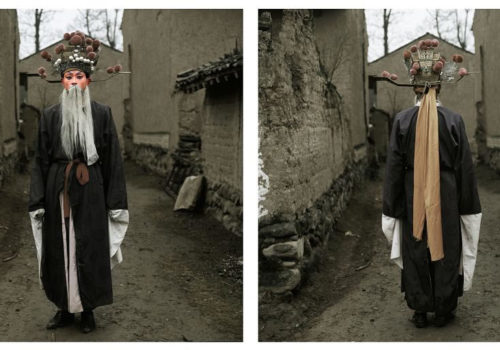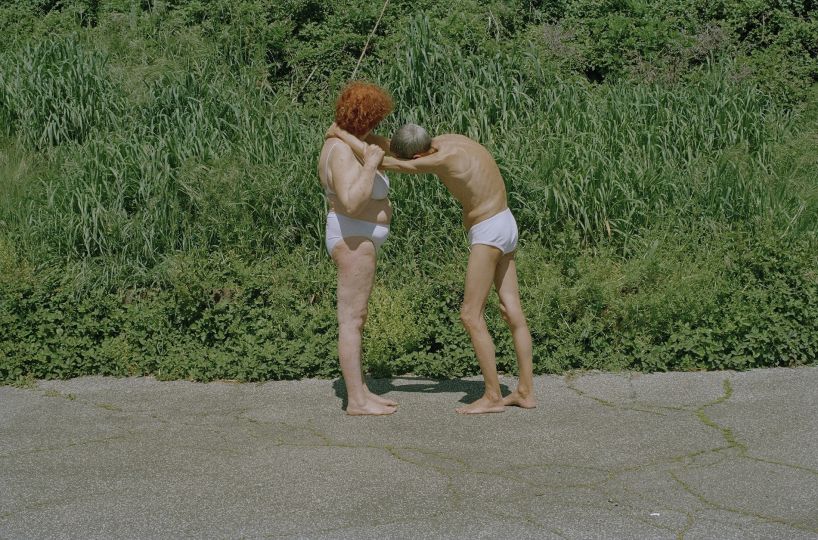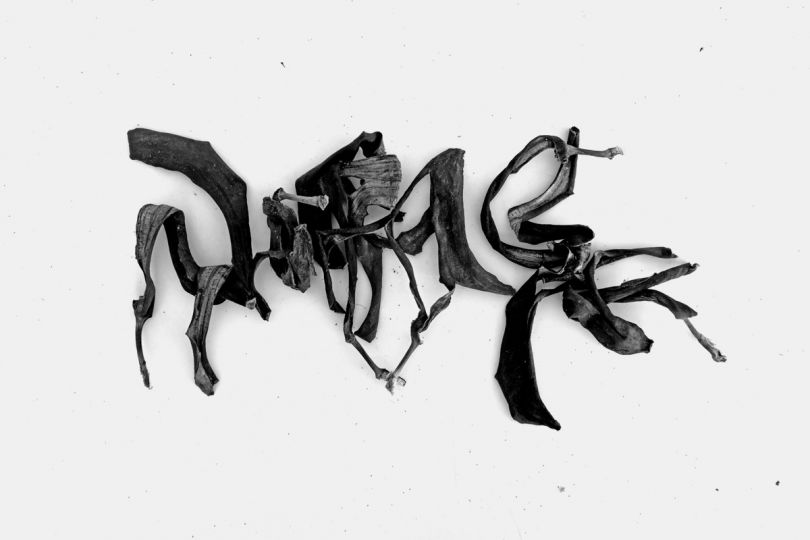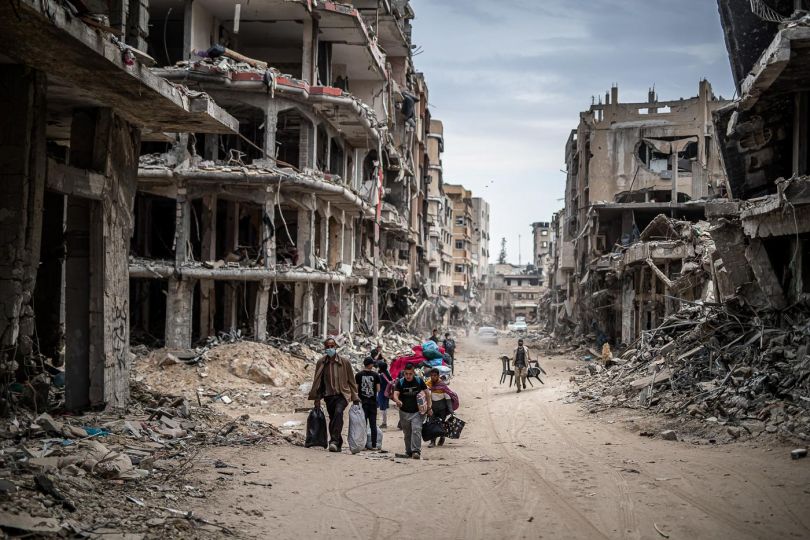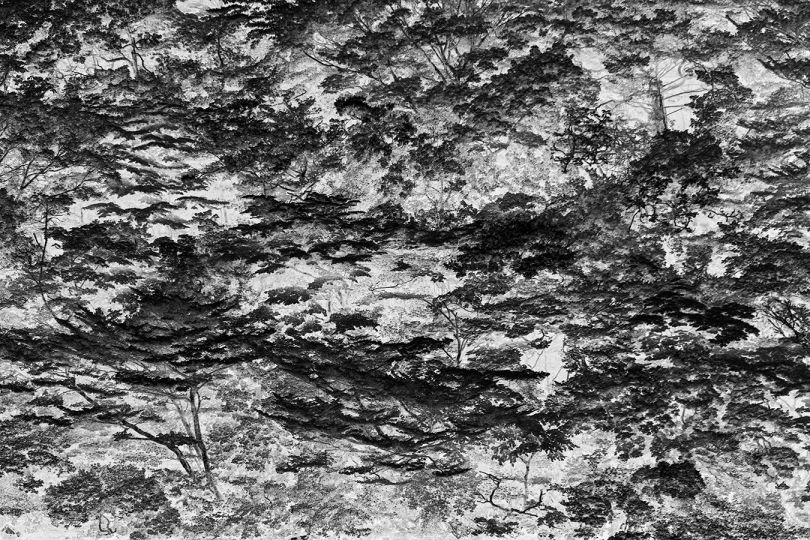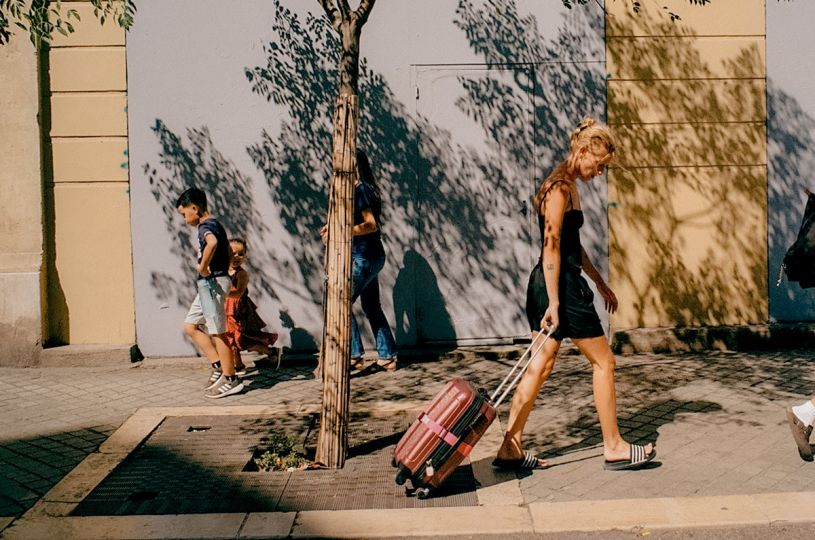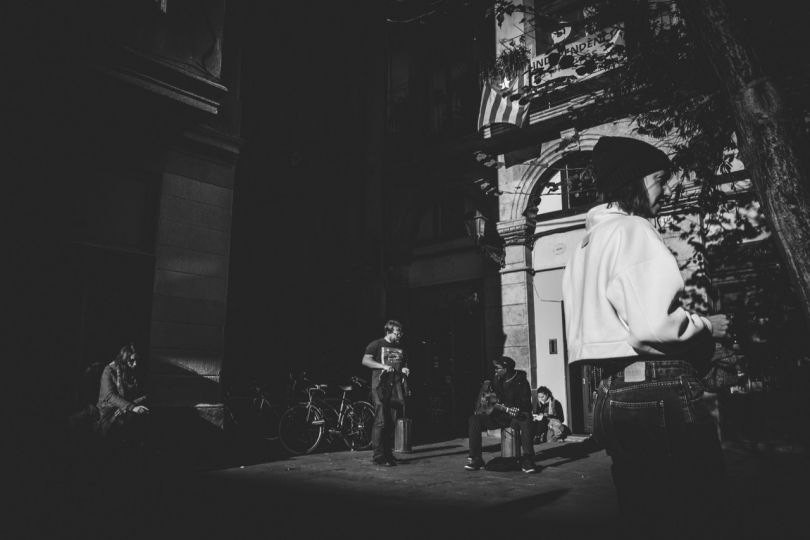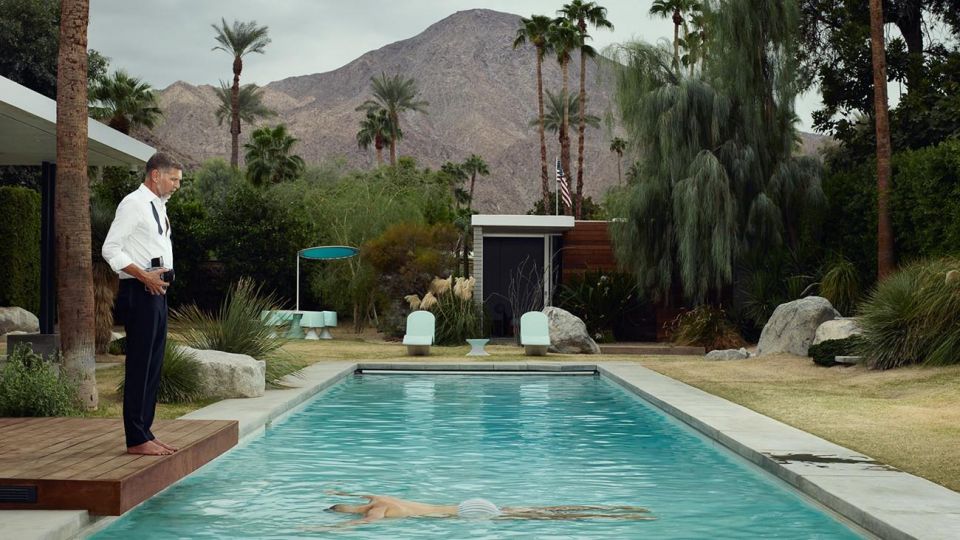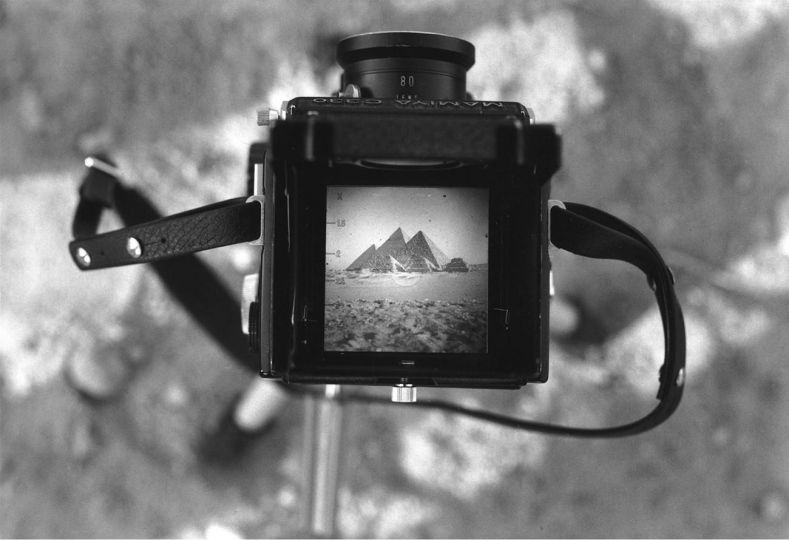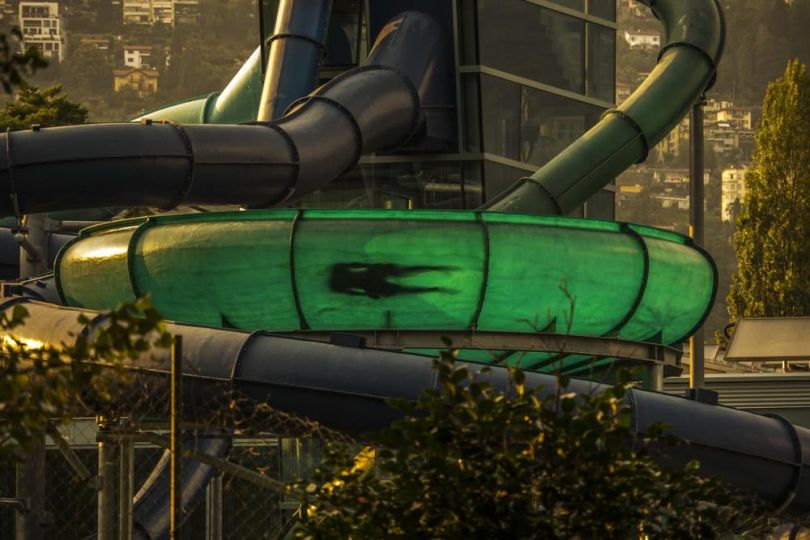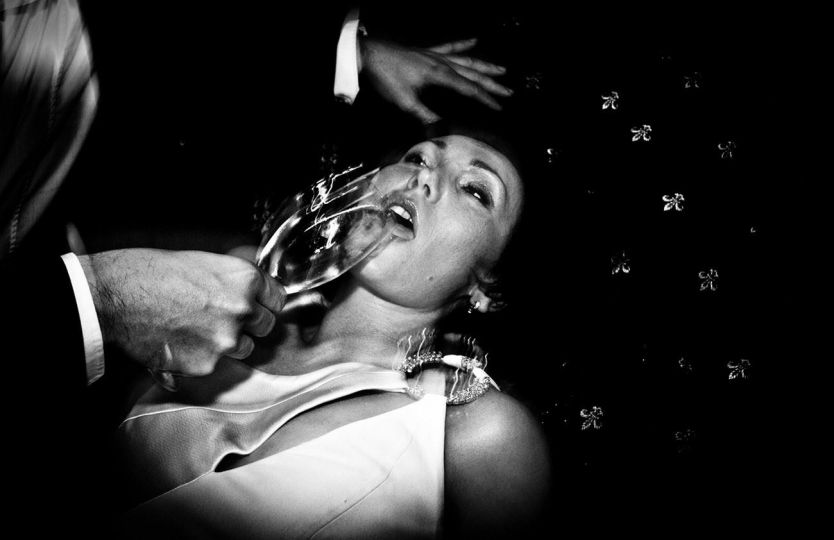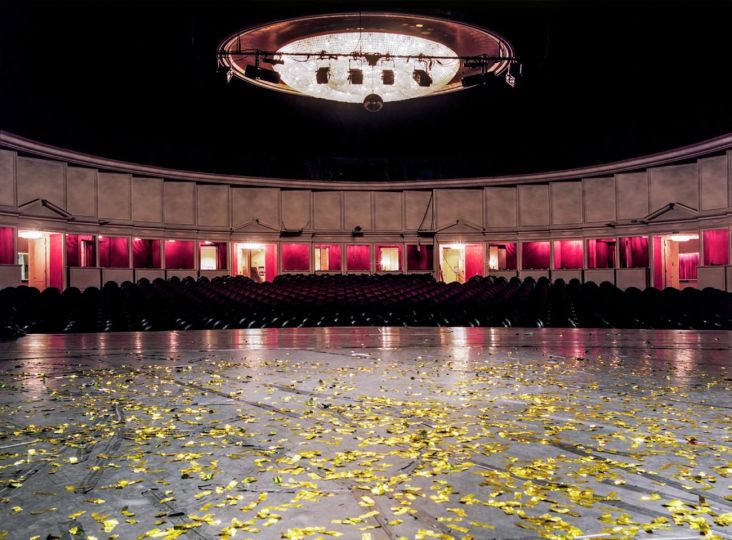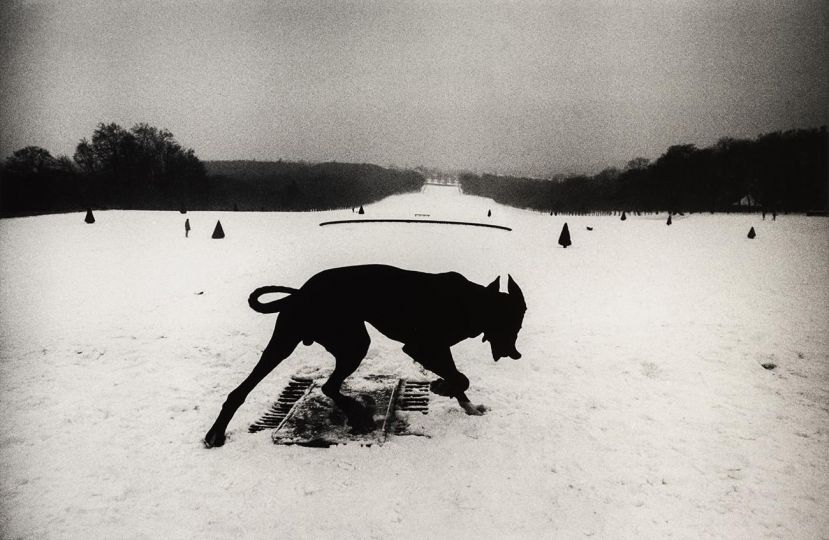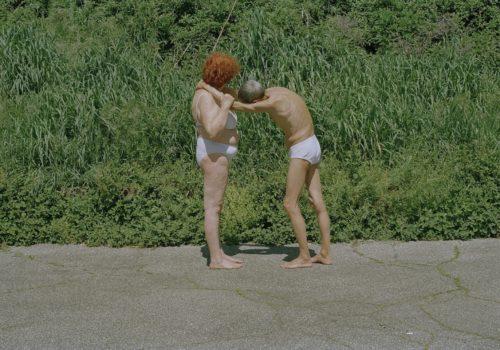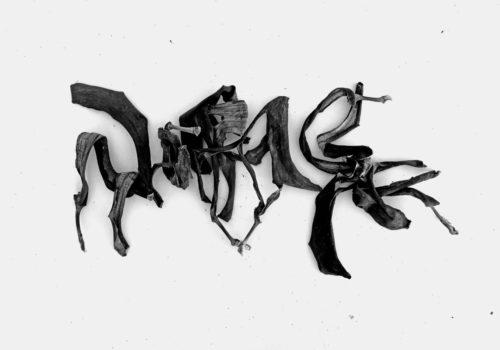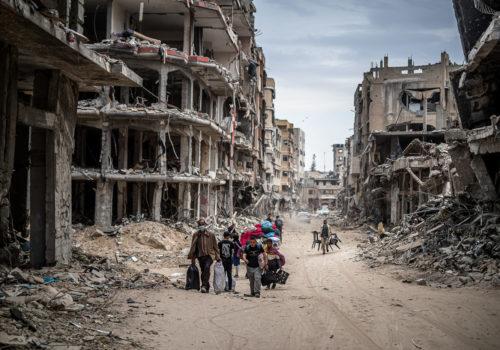As countries develop, a global homogeneity is also developing. A way of life can be found that traverses specific culture. For example, experiencing a shopping mall in Dubai, the US, Europe and China can be quite a familiar one containing similar spacial experiences. Shiny glass windows display attractive products under pristine lighting ready to be bought by the next interested consumer. There are subway systems regardless of what country they are in that contain a subway culture filled with similar types of city workers, street performers, beggars and other solicitors. Moreover, major food and drink enterprises that include KFC’s, Starbucks and McDonald’s are providing the same reliable experience regardless of where they reside. But what is happening to the traditions that help to define individual cultures?
Li Hu examines one aspect of Chinese culture specific to Guanzhong, Shaanxi Province as he encapsulates their Shehuo tradition, a new year’s ceremony celebrated as far back as the Zhuo Dynasty (1045-256 BC) and continues to this day. “She” is the God of Earth and “Huo” is the fire that fights off evil. Shehuo, the county fair, is a 15-day celebration of different spirit gods who represent different characters in various historical stories. Villagers congregate to worship these gods. They offer sacrifices to help rid them of their misfortunes and for a prosperous future.
How was Backwards – Backwards created and why?
I went to Shaanxi for a photography conference and learned about their tradition of Shehuo, a new years ceremony annually celebrated for over 2000 years. It’s a popular traditional celebration in Longxian County Shaanxi Province, very local and exclusive to this town.
Young people in the county are selected to dress as the spirit gods, each holding specific names and character traits. It is first celebrated with a gathering at a local temple where music is played. Afterwards, the spirit gods visit community residences to further conduct this fire ceremony.
Because the artists are in close proximity to their followers and need to ensure a quality encounter with the community, it’s important for them to make sure their make-up and clothing are worn perfectly. The make-up is quite difficult to apply. The older professional artists have the skill to correctly do this, and some are teaching the younger generation. However, the quality skillset with applying their elaborate make-up is not the same with the younger generation. There is one man, nearly 60 years old, who is the only traditional make-up artist left in his town. The clothing is also difficult to make and not easy to replace, being so elaborate with lush fabrics. The tradition is changing and disappearing over time.
I had specifically focused on capturing the craftsmanship behind realizing these spirit-gods in human form. I wanted to capture all details with the costume, which is why I took both the front and back of the individual. And it took 2 trips to the town to create this series.
Why did you name the project, Backwards –Backwards?
The purpose of this series was to first record the tradition and to second make a point about the perspective of fashion. Nowadays, many Chinese look to the west to seek out quality fashion as the west is considered the cultural leader in fashion. However, if you look back at the fashion in China, married in with their values and traditions, the quality is noteworthy and distinct. Although, people are moving forward, I want people to look back as well so our traditions can be valued and celebrated and not lost in the past.
This interview was conducted and edited by CYJO

